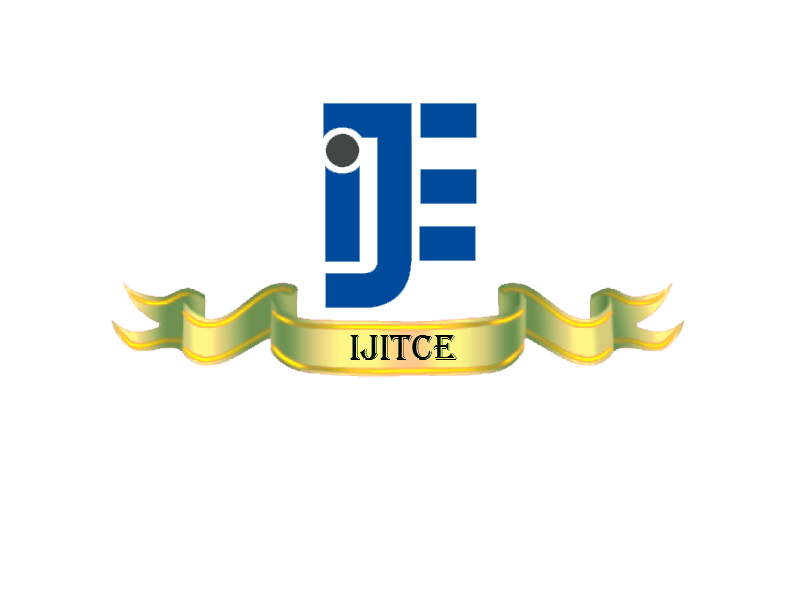March 2013 Issue Vol.3 No.3
RELATIONSHIP BETWEEN MODELED CLEAR- SKY SOLAR RADIATION and MEASURED SOLAR RADIATION DATA in UYO, NIGERIA
Onwude, Daniel Iroemeha #1, Olosunde, William Adebisi #2, Akindele, Folarin Alonge#3# Department of Agricultural and Food Engineering, University of Uyo, PMB 1017, Uyo, Nigeria
Abstract: Solar radiation available to dry crop on any clear-day was mathematically simulated on a local computer, using JAVA object oriented programming language with NETBEANS IDE platform, for predicting solar radiation available at any given time in the Northern hemisphere on longitude East on Greenwitch. Uyo, Akwa Ibom State, Nigeria was used as a case study. The deterministic model was developed using existing Hottel model and set of equations, taking into consideration the factors of two components of solar radiation: The beam and diffused components. The output of the model rapidly produced hourly, monthly and daily values of insolation on horizontal surface and was verified and validated using existing solar radiation data, gotten from the Nigeria Metrological Department, Department of Geography and Regional Planning, University of Uyo, Nigeria. The simulated and measured solar radiation results were subjected to t-test and were correlated using SPSS statistic software. The result showed that there was no significant difference between the simulated data and measured data throughout the month of the year. Hence, the program developed can be used to adequately predict the total global clear-sky radiation of any day of the month in Uyo, Nigeria.
Keywords: clear-sky radiation, SPSS, Day of the year, latitude, longitude, measured data, simulated data, Total radiation, Uyo, Nigeria
Parameters Optimization For Gas Metal Arc Welding of Mild Steel Using Taguchi’s Technique
Nishant1, Ashok Kumar Mishra2, Dr. B.K.Roy3.1Assistant Prof. Department of Mechanical Engineering, Om Institute of Technology & Management, Hisar, Haryana
2 Assistant Prof. Department of Mechanical Engineering, BRCMCET, BAHAL, BHIWANI
3Director, Om Institute of Technology & Management, Hisar, Haryana
Abstract: Welding is a basic manufacturing process for making components or assemblies. Recent welding economics research has focused on developing the reliable machinery database to ensure optimum production. In this paper, the optimization of welding input process parameters for obtaining greater weld strength in the Gas Metal Arc Welding (GMAW) of Mild Steel is presented. The Taguchi method is adopted to analyze the effect of each welding process parameter on the weld strength, and the optimal process parameters are obtained to achieve greater weld strength. A L9 Orthogonal array was selected for analysis of data. Investigation to find out the influence of Arc Current, Arc Voltage & Gas Flow Rate on Tensile Strength, Hardness of Parent Metal, Weld Zone & Heat Affected Zone & Microstructure during welding process was carried out using ANOVA and Regression equations for each response were developed. Experimental results are provided to illustrate the proposed approach.
Keywords: GMAW welding, Taguchi method, optimal parameters, Tensile strength & Hardness of the weld, Microstructure
